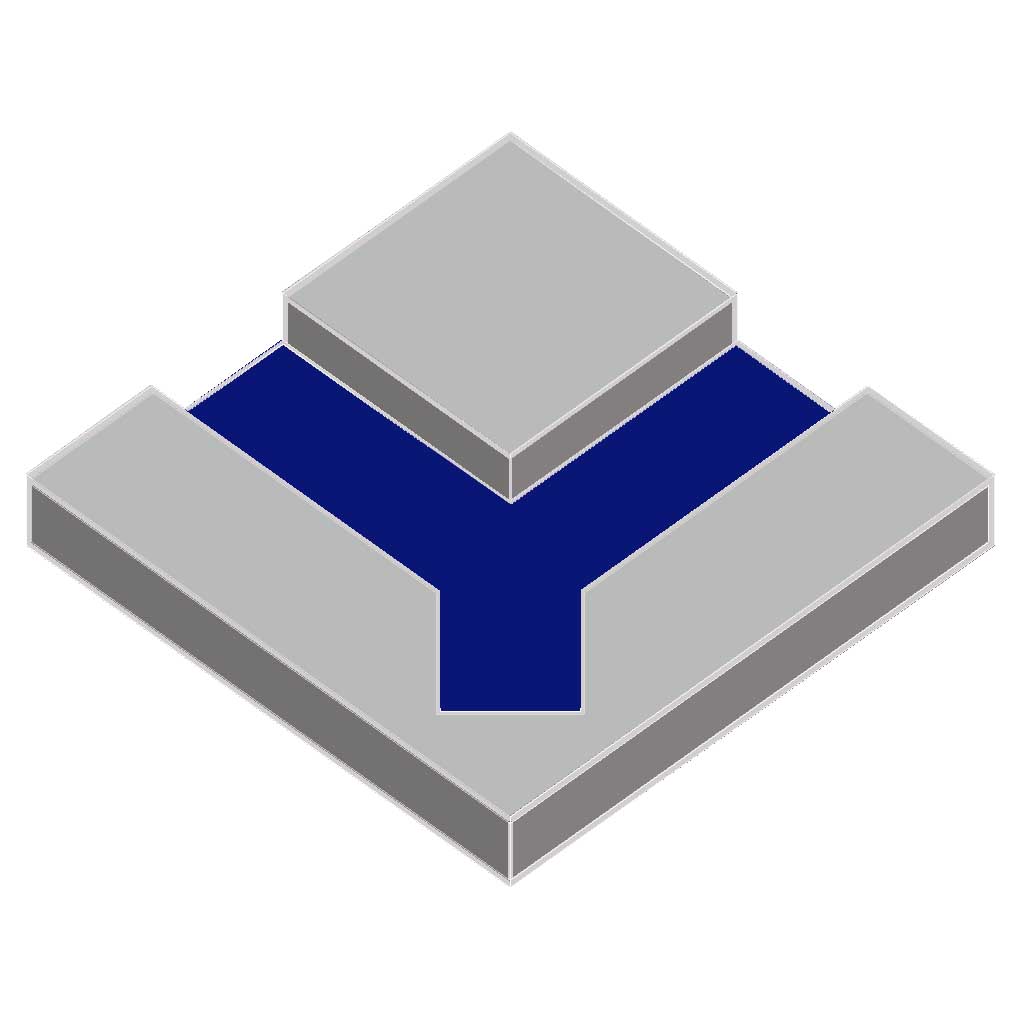
Nkwupụta nzuzo: Nzuzo gị dị anyị ezigbo mkpa. Companylọ ọrụ anyị na-ekwe nkwa igosipụta ozi nkeonwe gị na mgbasa ozi ọ bụla na-egosi na ọ bụla e ji ikike doo.

According to the processing type of the CNC punching machine, the corresponding algorithm is selected and converted into NC machining code. The graphics and processing data corresponding to each different processing mode are different, and the converted NC code is also different. For the different processing modes of human-computer interaction input, the corresponding NC code conversion comparison table is established, and according to this table, respectively. The NC code conversion processing function has been compiled.
The principle of these functions is to read the graphics and processing data contained in the CGraph object, convert it to a string in the form of NC code, and then write to the NC file. When performing NC code conversion, different processing functions need to be called according to the input machining mode.
When performing NC code conversion, first determine whether the NC program uses absolute programming or relative programming, then sequentially retrieve the stored pointers in mGraphArray, process the CGraph object, determine the processing type, call the corresponding processing function, and convert the graphics and processing information into NC code.
In this process, the tool number parameter in the CGraph object is checked. If the tool has a change, the tool change command is programmed. In the development process, a class CNcTool for storing tool numbers is designed, and an instance of CTypedPtrArray mNctoolArray is created. The pointer to the CNcTool object is stored. After the NC code is generated, the interaction between CNcTool and the turret tool file is processed. Attach the tool table generated by the tool information required by the program to the NC file. In the process of machining, in order to improve efficiency, the number of tool changes is minimized, and the tool travel path is the shortest. When the system generates the NC code, the optimization of the number of tool changes is minimized.
When storing graphics and machining data, the CGraph objects are sorted by using the tool, and the same machining commands are used to put together the tools. When the NC processing is performed after the post processing, the CGraph objects are scanned one by one, depending on the type of machining holes. The conversion rule performs NC code conversion. When the tool number changes, the tool change code is generated, so that the number of tool changes during machining is minimized, which improves the production efficiency.
(Finish)
November 15, 2024
November 15, 2024
November 15, 2024
November 15, 2024
October 24, 2024
June 25, 2021
Email na ngwaahịa a
November 15, 2024
November 15, 2024
November 15, 2024
November 15, 2024
October 24, 2024
June 25, 2021

Nkwupụta nzuzo: Nzuzo gị dị anyị ezigbo mkpa. Companylọ ọrụ anyị na-ekwe nkwa igosipụta ozi nkeonwe gị na mgbasa ozi ọ bụla na-egosi na ọ bụla e ji ikike doo.

Dejupụta ozi ndị ọzọ ka ọ nwee ike ịkpọtụrụ gị ngwa ngwa
Nkwupụta nzuzo: Nzuzo gị dị anyị ezigbo mkpa. Companylọ ọrụ anyị na-ekwe nkwa igosipụta ozi nkeonwe gị na mgbasa ozi ọ bụla na-egosi na ọ bụla e ji ikike doo.